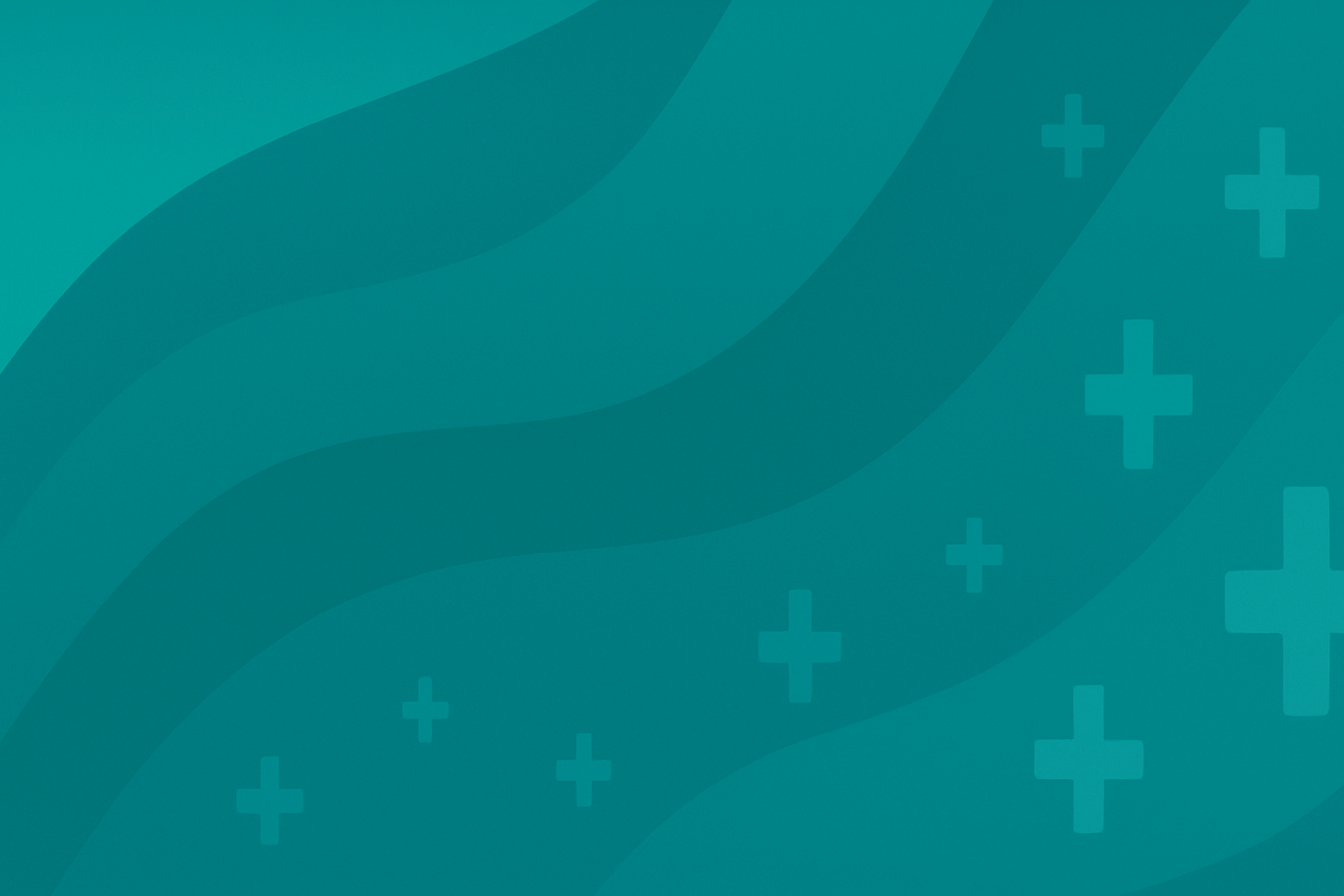Cerebral palsy affects around one in 400 children in the UK. It affects the nervous system and muscles and is caused by damage to the brain or abnormal brain development. It can develop before birth, soon after birth or during early infancy.
Although the damage caused to the brain is permanent and irreversible, it is not degenerative. However, as a child with cerebral palsy grows, muscle and joint problems can progress.
Signs and symptoms of cerebral palsy
Cerebral palsy encompasses a wide range of signs and symptoms. One of the earliest is not meeting developmental milestones (eg the age at which a child holds up their head, crawls, stands and walks), as well as the persistence of certain primitive reflexes that should disappear by certain stages of development.
There can also be effects on the cognitive function of the brain, such as learning, memory, attention span, speech, recognition, problem-solving and decision-making. While some children with cerebral palsy have no effects on their cognitive function, others can have mild, moderate or severe effects.
As a child with cerebral palsy grows, they will also develop shortened muscles (muscle contractures) that can diminish their range of movement.
Common misconceptions about cerebral palsy
Children with cerebral palsy can face discrimination and often be stigmatised. However, it is important to note that every individual with cerebral palsy is different and the symptoms vary greatly. Some children may struggle with physical activities but have no cognitive or intellectual impairments.
Also, while the brain damage that causes cerebral palsy can’t be treated as yet, there are a wide variety of treatments to help a growing child with the effects of this damage. These interventions can help children with cerebral palsy achieve optimal goals and enjoy a better quality of life.
Cerebral palsy classifications
Cerebral palsy is classified into five categories according to the gross motor function classification system (GMFCS), where GMFCS 1 is mild and GMFCS 5 is very severe. After age five, a child’s GMFCS classification is unlikely to improve.
Children classified as GMFCS 1 can climb the stairs without a railing, and run and jump but struggle with speed, balance and coordination. At GMFCS 2, children may need some assistance when walking, especially over long distances; they struggle with uneven terrain and have a limited ability to run and jump. At GMFCS 3 and 4, children need mobility aids to move around; children at GMFCS 4 need greater support and more substantial aids to move around.
At GMFCS 5, children are not able to walk, need adaptive equipment to sit and stand, and have severe learning disabilities and severe developmental issues. They often also have difficulties with their respiratory system and can find eating difficult.
Cerebral palsy treatments
Cerebral palsy is treated with a multidisciplinary approach. This means care is provided by a variety of healthcare professionals, including paediatricians, paediatric neurologists, paediatric orthopaedic surgeons, physiotherapists, occupational therapists, speech and language therapists, audiologists and ophthalmologists.
Medication
A paediatric neurologist will prescribe appropriate medications, such as muscle relaxants (eg diazepam or baclofen), which can be delivered directly into the spinal canal via a pump.
Physiotherapy
A physiotherapist and occupational therapist will provide neurodevelopmental therapy to help children achieve physical developmental milestones.
Injections and surgery
A paediatric orthopaedic surgeon will focus on trying to relax the muscles to increase the range of movement. This usually involves botulinum toxin injections that are targeted to areas where there is a high concentration of contacts between the nerves and muscles (neuromuscular junctions).
The effects of botulinum toxin injections usually last four to six months but in combination with intensive physiotherapy can last longer, around eight to 12 months. Injections can only be repeated every six to eight months as they can cause muscle scarring in the long term.
As children with cerebral palsy get older, surgeons try to keep the muscles lengthened by releasing muscle contractures surgically. This improves range of movement but also weakens the muscles, which is why physiotherapy is needed to restore muscle strength. To avoid repeated surgeries, contractures are released in multiple muscles during one surgery eg calf muscles, hamstrings, hip abductors and flexors.
Due to muscle tightness, children with cerebral palsy have a higher risk of hip dislocations. In the early stages (partial dislocation), this can be treated with botulinum toxin injections and minor surgery. At later stages (full dislocation), more complex surgery is needed; full hip dislocation can lead to further complications, such as scoliosis and pelvic obliquity, which may need surgical treatment.
In children with severe cerebral palsy (GMFCS 5), further treatments are needed to address respiratory and gastrointestinal problems eg a paediatric surgeon may need to perform a gastrostomy so food can be delivered directly to the stomach when eating is too difficult.
Outcomes for children with cerebral palsy
Most physical challenges in children with cerebral palsy are caused by growth, that is, the bones grow normally but the muscles and tendons do not. This results in contractures.
Consequently, most children with cerebral palsy (GMFCS 1–4) have a positive outcome with the appropriate intervention and care through a multidisciplinary approach. They can learn to function independently and enter the workforce. However, those with severe cerebral palsy (GMFCS 5) will remain dependent on their carers for day-to-day care.

